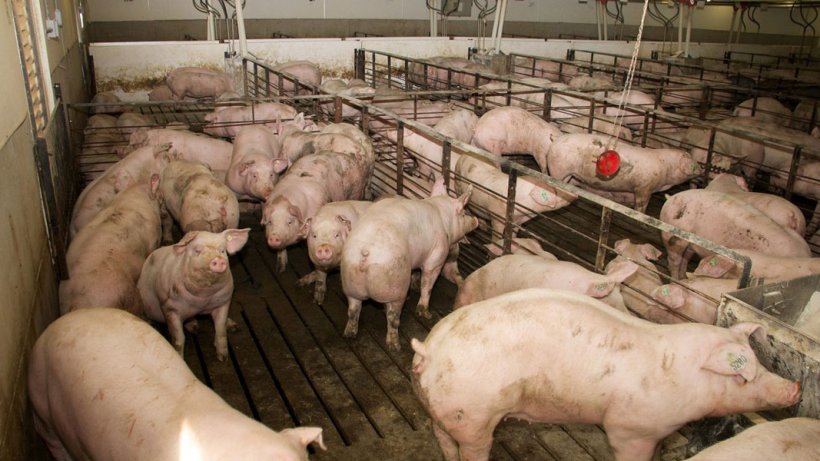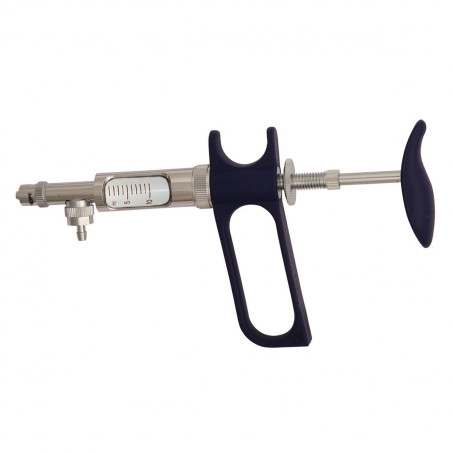As discussed in the first article of this series on PRRS, the group of veterinarians that we interviewed from all over the globe considered the PRRS virus to be a contributing factor to many of the problems they see on a daily basis. Without exception, they each rely on acclimation strategies to adapt the immune system of incoming replacement gilts into their clients’ farms. These strategies become especially important with high annual replacement rates in large production herds where gilts make up a relatively large proportion of the productive herd. And as my good friend Dr. Laura Batista says, gilt acclimation is the number one “non-negotiable” in the action list when fighting this disease. Controlling virus circulation in the naïve gilt population leads to overall herd stability and achieving the main objective of weaning PRRS virus naïve piglets. In this second article, we will describe the different acclimation strategies implemented by our 4 swine veterinary practitioners from Germany, North America, China, and Spain.
We were interested in understanding their standard protocols. To start, we asked them about the PRRS virus status of the newly arrived gilts. In Spain, it is not uncommon to receive PRRS virus antibody positive replacements. Vidal noted that 50% of their multiplication system receive seropositive gilts for PRRS virus. Despite this status, all gilts receive an initial PRRS modified live vaccine (MLV) at arrival and a second injection 4 weeks later in the acclimation period. In Germany, Böhne explained that most producers receive negative replacements that are vaccinated with PRRS MLV during acclimation. In China, Wang has 2 very different scenarios. Most of the traditional family-owned farms have no option of receiving PRRS virus naïve gilts and there is still a lack of knowledge on how this situation could impact their farms. In larger systems, they tend to follow a clear acclimation process and enter PRRS virus naïve gilts, however gilt naïve supply is not always ensured. In contrast, the situation in North American region is the most consistent. Pitkin is very clear in this first point and states that having a negative gilts source is a must and nobody will consider entering positive replacement gilts into their farms.

All 4 veterinarians agreed that the most common strategy is to have an on-site acclimation facility (Pic 1). These facilities may be either attached or detached from the main facility with restricted or unrestricted personnel access but will somehow separate the gilts for the purposes of a quarantine (not always) and acclimation period. Pitkin explained that although the on-site acclimation approach may increase the risk to the reproductive farm, it is easier to oversee and control than an off-site facility. She noted that having “other farms, closer to your off-site quarantine, will be a potential risk for your gilt facility and that is more difficult to control. At least, when it is close by, you can control that risk better.” She also explained that farm workers tend to adapt their biosecurity protocols to whether the gilts are being quarantined or acclimated following the arrival of each group of gilts. During quarantines, the personnel always assume that the incoming group of animals has a lower health status and, as a result, the biosecurity protocols will be changed to protect the main herd. During acclimations, personnel generally consider the incoming animals have the same health status as the main sow herd and tend to have fewer restricted movements.

Do farmers prefer raising their own replacements, or purchasing them externally? Wang answered that most of Chinese farmers purchase their gilts externally. Böhne noted that while most producers purchase their replacements externally, there are areas in Germany, with relatively small farm size, where the farmers raise their own replacements internally for biosecurity reasons. Vall Companys, the group that Vidal has been working for the last 16 years, has off-site gilt developer units, that work on an all-in-all-out basis. These sites are dedicated to raising gilts and, at 22 weeks of age, they will be moved to the isolation-acclimation barns, right next to the sow farm. This approach to management contributes significantly to the overall biosecurity of the system. Pitkin explained that this approach is more and more common in North America and that it is typically performed by production systems that have their own internal multiplication farms (often referred to as user groups) that send gilts to other farms within their own group.
Based on the answers to our previous questions, we were very interested in understanding the preferred exposure process as well as the preferred virus type for exposure (i.e. modified live vaccine (MLV) vs the live field virus inoculation (LVI)) in their standard acclimation process. Vidal and Böhne, our European representatives, strongly preferred the use of MLV for gilt acclimation. On the other hand, Pitkin and Wang had more experience with LVI. Pitkin estimates that approximately 40% of North American farmers use LVI in their herds. Producers often feel more confident with this approach, particularly when the vaccine virus is not an obvious match with the field virus in their herd. “Virus inoculation used to be more common, this is a practitioner-dependent decision, however, the trend is moving towards the MLV use”- said Pitkin. Wang differentiates between types of farms: farms with off-site gilts replacement facilities tend to use LVI while farms with on-site gilts replacement facilities tend to use MLV vaccine. The decision of whether to use the MLV or LVI option also influences the adaptation protocol and timing and this topic will be the focus of our next article in this series.







